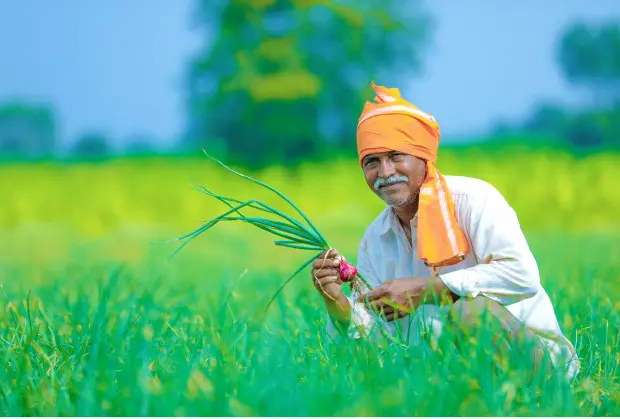The Beating Heart of India: How Farming Fuels the Nation's Economy

Agriculture in India is more than an occupation; it forms the very beat of the country’s socio-economic lifeblood. Contributing almost 18% to India’s GDP, agriculture remains the mainstay and source of livelihood for nearly half the population, thus making the sector the backbone of the Indian economy. Though industrialization and urbanization flow rapidly, it remains one of the influent sectors, developing rural areas and providing food security, besides enhancing international trade.
The strength of Indian agriculture in feeding over 1.4 billion people is one reason among many that explain why. With annual food grain output exceeding 291 million tons annually, the sector ensures India is first in meeting its own requirement and also ranks among the largest traders of rice, spices, and tea globally. As witnessed in 2023, even agricultural exports touched $50 billion, which testifies towards the sector’s role in international trades. Such export strength also adds to foreign exchange and enhances India’s rank as a reliable supplier of quality produce.
Indian agriculture is an important source of employment-based support for more than 60% of the rural households. It ranges from cultivation to allied activities like warehousing and food processing. Agriculture drives an enormous ecosystem that supports millions of livelihoods.
Examples include the Pradhan Mantri Kisan Samman Nidhi, an initiative that ensures fair prices to farmers, and digital marketplaces such as the eNAM platform. On the other hand, policies like the Green Revolution have successfully transformed India into an independent agricultural powerhouse, which means the country has reduced dependence on imports and improved food security.
Yet the industry faces major problems. Productivity is still behind world levels, mainly due to fragmented landholdings and old farming practices. Climate change exacerbates these problems by enhancing the variability of rainfall and higher temperatures that threaten crop production. Access to modern technology remains limited, including precision farming and AI-driven solutions, which puts a cap on the potential of the industry. Targeted reforms in investments in sustainable agriculture practice, improved irrigation infrastructure, and policies that support modernization are needed to address these challenges.
Indian agriculture has been very resilient in times of economic slowdown. During the COVID-19 pandemic, when industrial growth was slowing down, the farm sector showed stability. This reflects the critical role it plays not only in the recovery of the economy but also in sustaining the rural economy, which further supports national growth. The integration of technology, better financial support, and market-driven policies will be crucial for unlocking the full potential of this sector in the future. Farming has to be the heart of Indian economy, its rhythm beating in every village, market, and international trade route. By cultivating the sector with the right attention, India could ensure economic prosperity while pulling millions reliant on its fertile grounds.




